In the New York dance world, March came in like a lion and went out like a lion. The density of performances seems to have returned to pre-pandemic levels. Here is a quick round up of some of our local March Madness.
Hubbard Street Dance Chicago exploded onto the Joyce stage with two programs of rich repertory. In the first, Darrell Grand Moultrie’s Dichotomy of a Journey (2022) contained a gorgeous duet in which elbow-contact grew into a romantic adagio. The still in-process Nevermore, by Thang Dao, played with spooky imagery based on Edgar Allen Poe’s poem The Raven. For a rip-roaring finish, Rennie Harris’ new Dear Frankie revved up the dancers to full-blast house dancing in a tribute to Chicago’s influential DJ Frankie Knuckles. Alysia Johnson tore into this material while Cyrie Topeke nailed a jazzy solo and Aaron Choate strutted in fine flamboyant drag style.
At Danspace, Stacy Matthew Spence crafted a spare piece with live music by Charlotte Jacobs and Raf Vertessen. For I am, here; Here with us; Where we find ourselves, he brought a gently erupting, slightly jazz-inflected rhythm to his opening solo. When other dancers entered one at a time (Joanna Kotze, Tim Bendernagel, and Hsiao-jou Tang), it got more complex but avoided the usual liftings and partnerings. The connections were more subtle—just a whiff of a shared phrase or direction here and there.
The celebration of 150 years of the 92nd Street Y (newly branded 92NY), featured three companies—Graham, Limón and Ailey— that found a home at the Y in their early years. Each company paired an old chestnut with a new or in-progress work. The new work for the Limón company was Like Those Playground Kids at Midnight by Omar Román de Jesús, who also performed it with Ian Spring. Borrowing from contact improvisation, this duo created dramatic huggings and hurtlings, taking startling risks. Representing the Graham company’s forward look was an excerpt of We the People by Jamar Roberts, showing the dancers’ unadorned, ready strength—to songs of Rhiannon Giddens.
A highlight of the evening for me was watching the sublime Bahiyah Sayyed as a guest in Manifesting Legacy, which Hope Boykin made for Ailey II. Oh, the wisdom and sensuality of that dancing body!
And for a condensed education on modern dance, the accompanying exhibit, Dance to Belong: A History of Dance at 92NY, is on view in the Y’s Weill Art Gallery through October.
Another anniversary—30 years of Buglisi Dance Theatre—brought Jacqulyn Buglisi’s lustrous Frida (1998) to the Chelsea Factory. Three former Graham stars—Terese Capucilli, Christine Daykin, and PeiJu Chien-Pott—reveled in the tortured soul of Frida Kahlo. Also on the program were the lively Caravaggio Meets Hopper (2007) and the earthy premiere, A Walk Through Fire.
Illinoise had fans of singer/songwriter Sufjan Stevens cheering at the Park Avenue Armory. Justin Peck’s direction and choreography gave it kinetic momentum. The young dancers, huddled around a campfire or dancing out their yearnings, had energy to burn. But the show took its time settling on a plot. I hope this problem gets solved by the time the production reaches Broadway on April 24.
Shen Wei’s Dongpo: Life in Poems filled the Koch Theater with a visual splendor that was a both ancient and modern. Drawing on his background in Chinese opera and contemporary dance, choreographer/painter/poet Shen Wei created sumptuous, beguiling, dreamlike visions. More about it here.
The musical Water for Elephants, with choreography by Jesse Robb & Shana Carroll, combined circus, aerial dance, and Broadway dance in captivating ways. Imagine the soul of an injured horse expressed in aerial silks! With this team of vivid characters occupying the Imperial Theatre, you could see why someone might want to run away with the circus.
Glacial Decoy (1979), the first work Trisha Brown choreographed for the proscenium stage, was quietly radiant at the Joyce. The contrast between Rauschenberg’s workaday photos (a lightbulb, a truck, a cow’s head) and the ethereal nightgowns billowing around the spring-y, lilting movement created a mesmerizing effect. If you missed it, find an excerpt on the Trisha Brown Company’s new Vimeo page. Also on the program were Working Title (1985, a stripped down version of Lateral Pass), and Noé Soulier’s premiere, In the Fall, an absorbing study in off-balance.
Existentialism, directed by Anne Bogart in collaboration with the wondrous actors Paul Zimet and Ellen Maddow, came to La MaMa. They showed how the sparest of movements can indicate affection, indifference, everyday drudgery, or a spark of curiosity. And when Zimet and Maddow, who are married in real life, find a moment to dance together, one cannot help but smile.
Another show about an elderly couple—and their past— is the musical The Notebook. Noah and Allie’s long romance culminates in the poignant situation of her succumbing to dementia. The movement of Maryann Plunkett, who plays Older Allie, reveals her loss of control as much as the script. The halting, destabilized zig-zagging is painful to watch yet thrilling because Plunkett embodies Allie’s psychological plight so fully.
For its Spring Dances program, Juilliard challenged its students with works by Kyle Abraham, Bobbie Jene Smith & Or Schreiber, and Shen Wei. Abraham’s Studies on a Farewell interlaced different ways of touching and caring with nicely open ballet lines. In Smith and Schreiber’s Fugue in Crimson, shape-shifting characters goaded each other with stylized aggression by way of brilliant choreographic imagination. Shen Wei’s Map (2005) traced the evolution of movements that paralleled the rhythmic changes of Steve Reich’s Desert Music—played live by the Juilliard orchestra—to a powerful cumulative effect.
At the Chocolate Factory, Ursula Eagly re-jiggered the space to transform it for Dream Body Body Building. With audience on one side of the wide space and performers on the opposite side. After a period of stillness on both sides, the performers picked up their chairs and infiltrated the audience. They started telling us their dreams—a few inches from our faces. An unexpected intimacy.
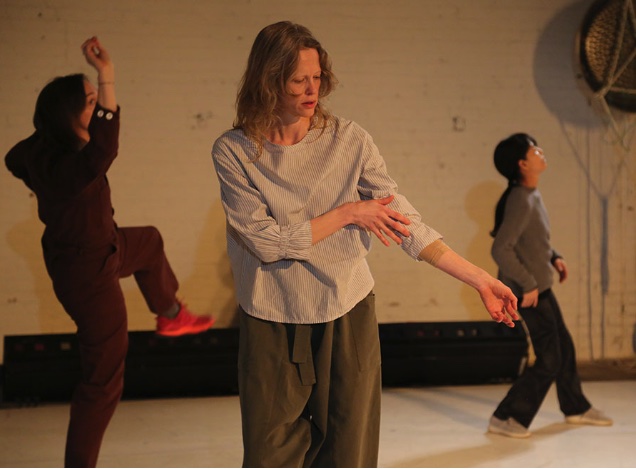
Ursula Eagly, with Madeline Best and Takemi Kitamura in her Dream Body Body Building, Ph Brian Rogers
Although the monumental Border Crossings exhibit at the NY Library for the Performing Arts closed in mid-March, the catalog, with many essays (including mine on Syvilla Fort/Merce Cunningham/John Cage at the Cornish School in the 1930s), is now available at here.
An ominous ambience descended on the Baryshnikov Art Center for 4/2/3, choreographed by the amazing duo Baye & Asa. A program note said they “grapple with our collective search for blame.” Inspired by the riddle, “What has 4 legs in the morning, 2 legs in the afternoon, and 3 legs in the evening,” it’s divided into three acts. First, three children (mostly innocent with a few aggressive shoves here and there); second, five adult dancers (mostly sinister, with occasional moments of caring here and there); and third, a solo for an older woman. In this last, Janet Charleston glowed with wisdom and vigor and…a certain aura. She was a sorceress.
Featured Uncategorized 2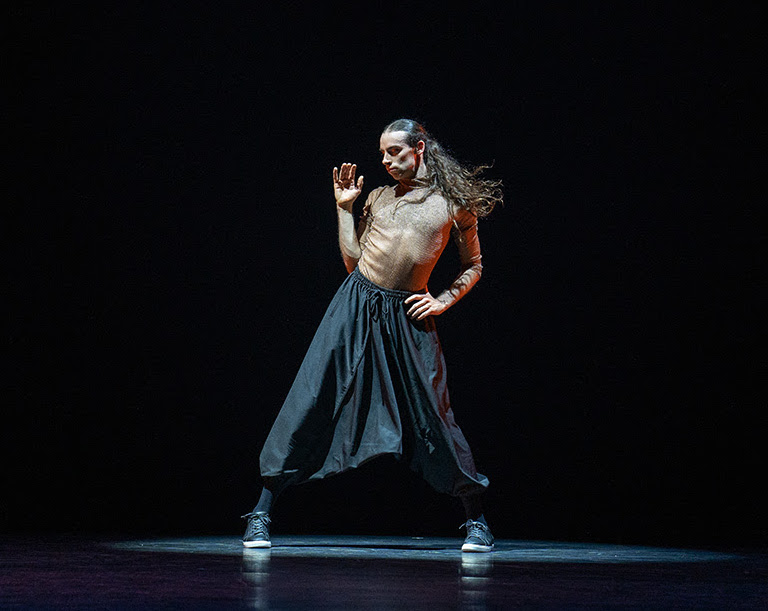
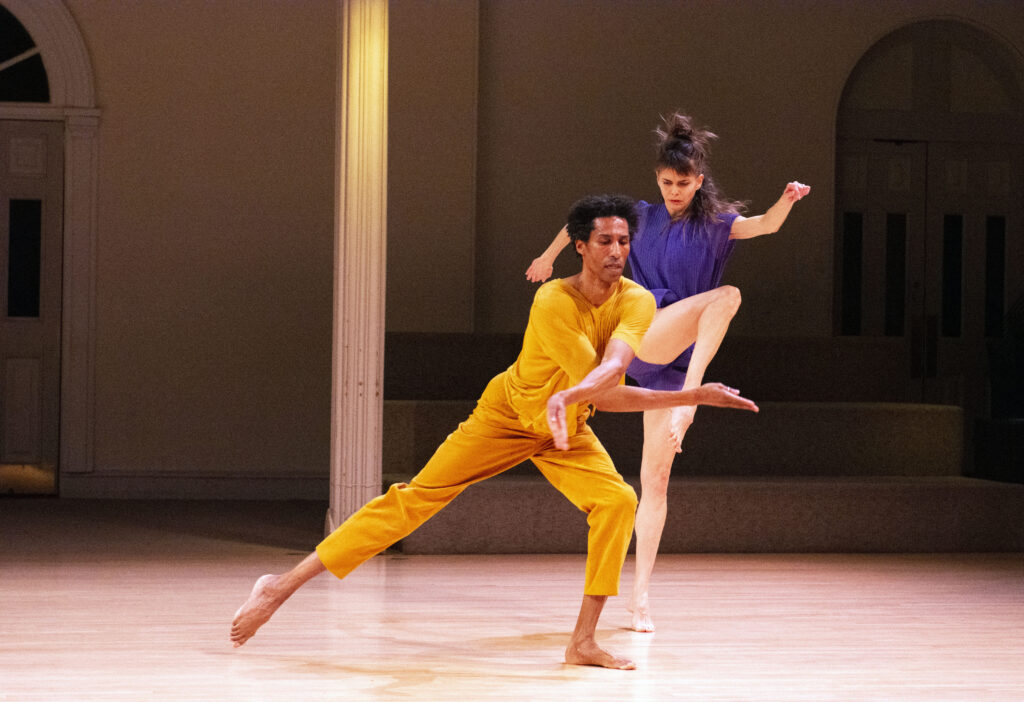
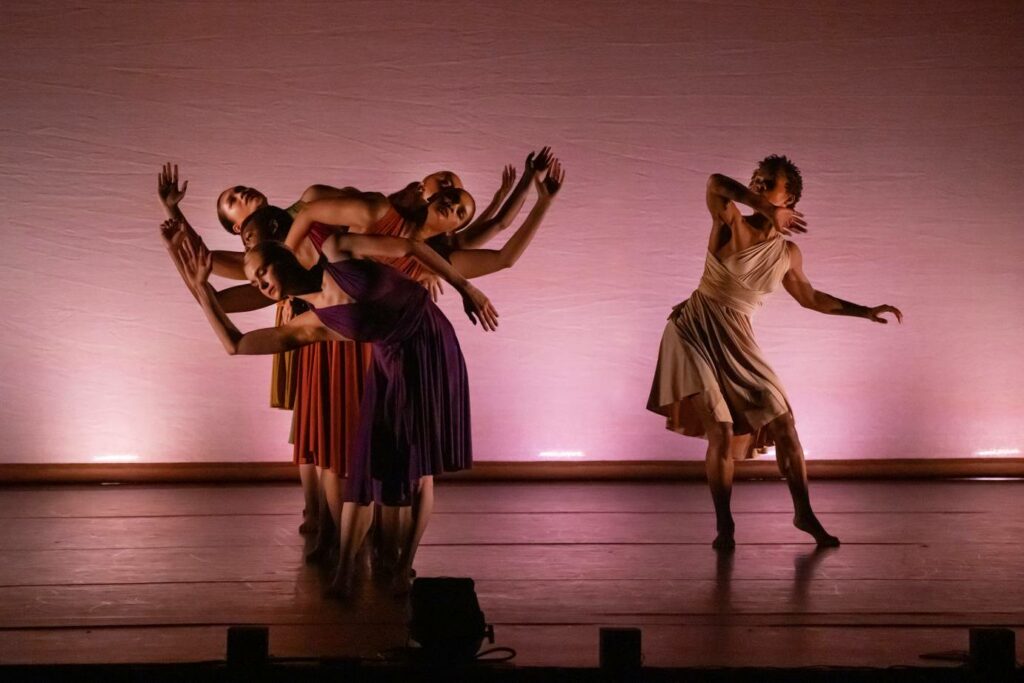
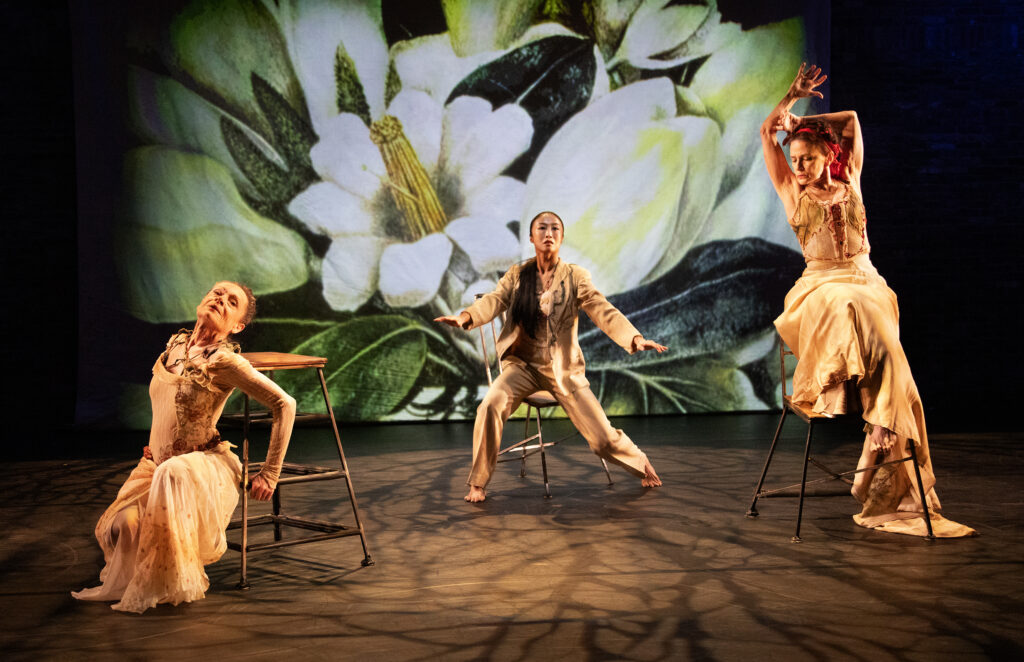
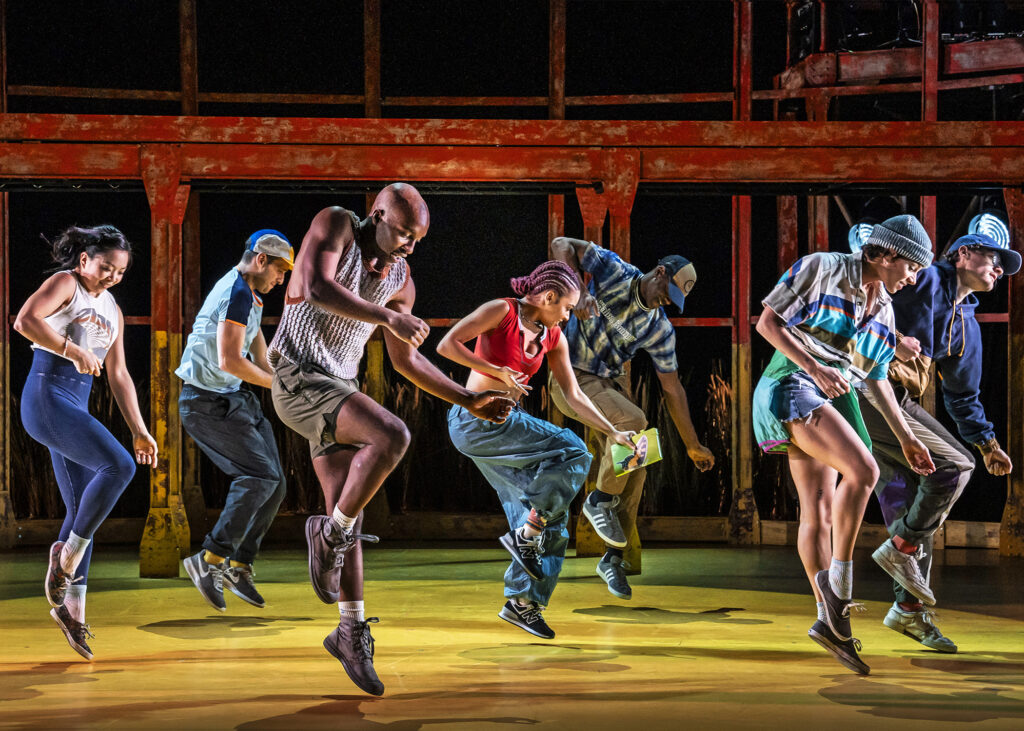
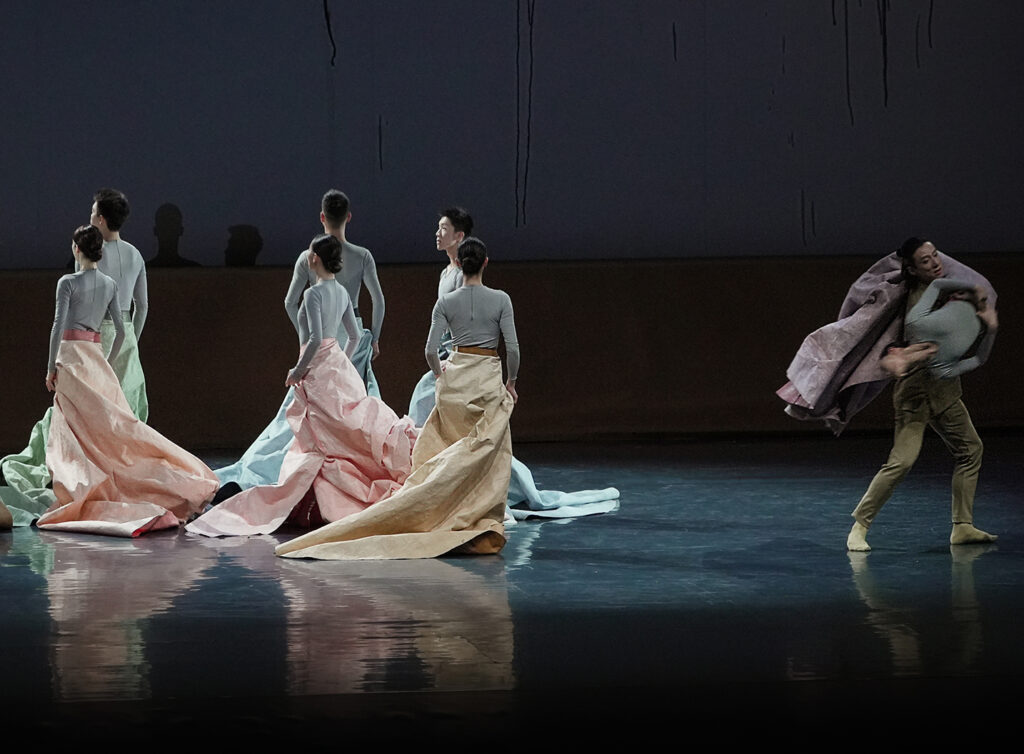
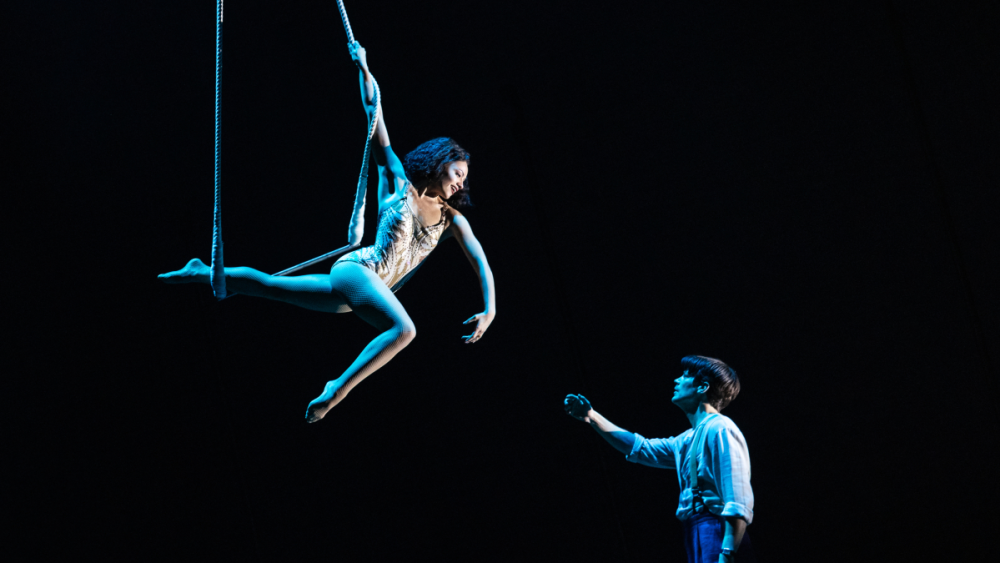
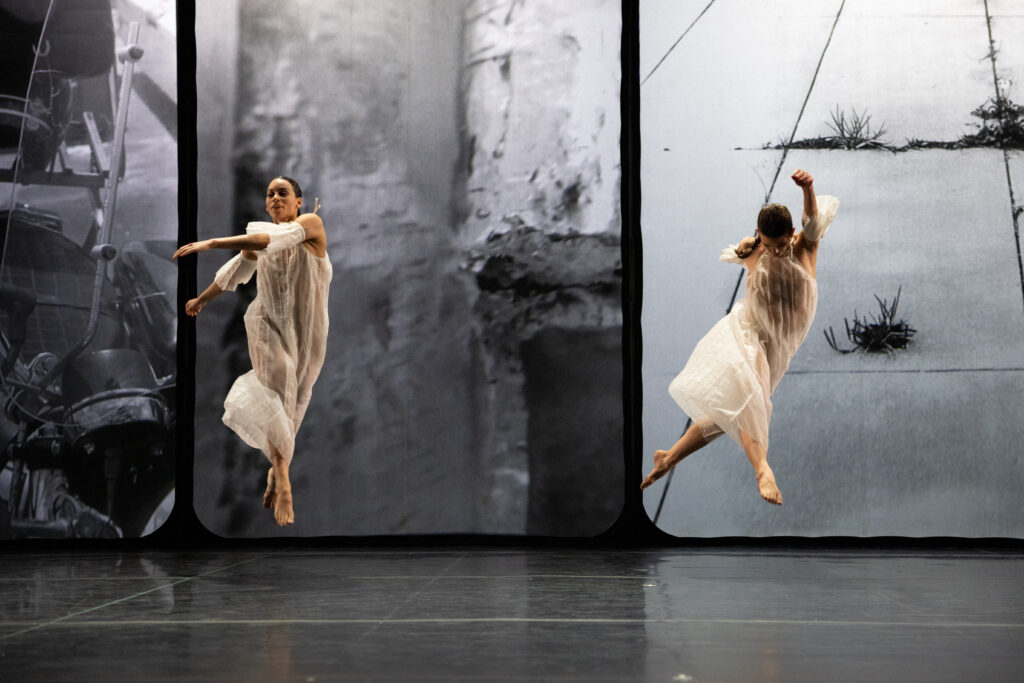
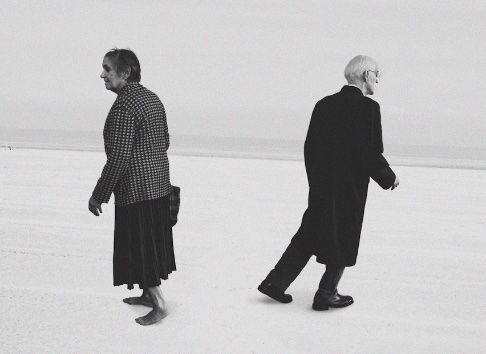
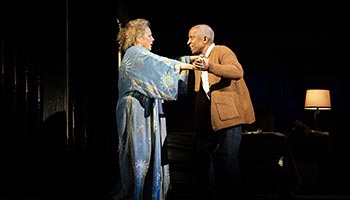
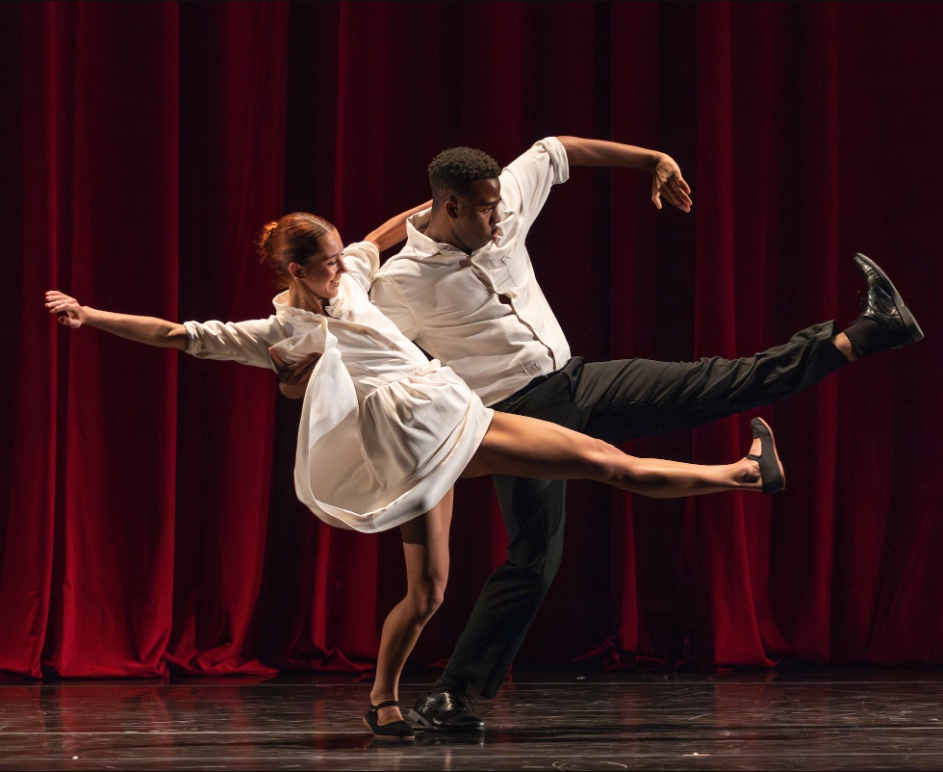
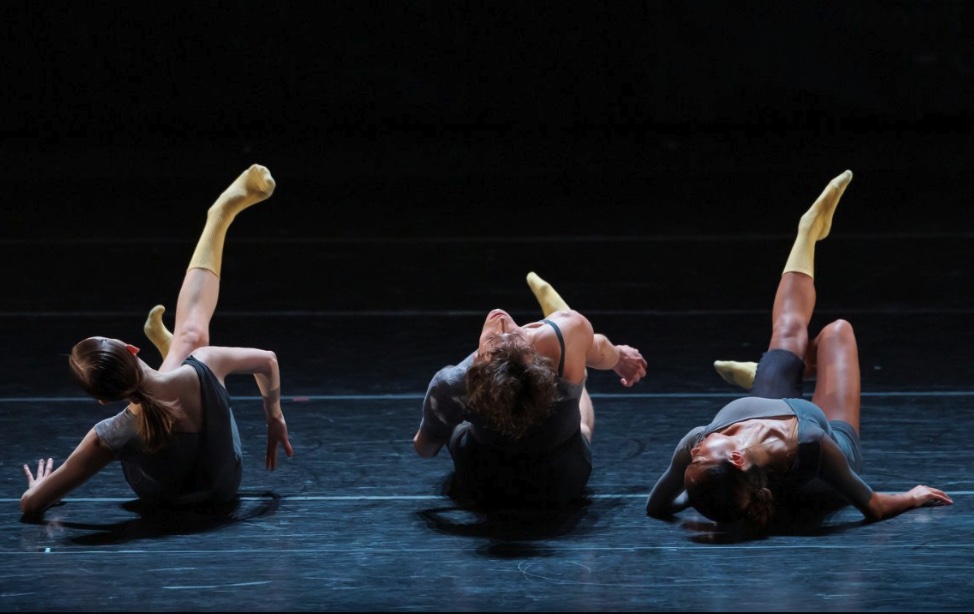
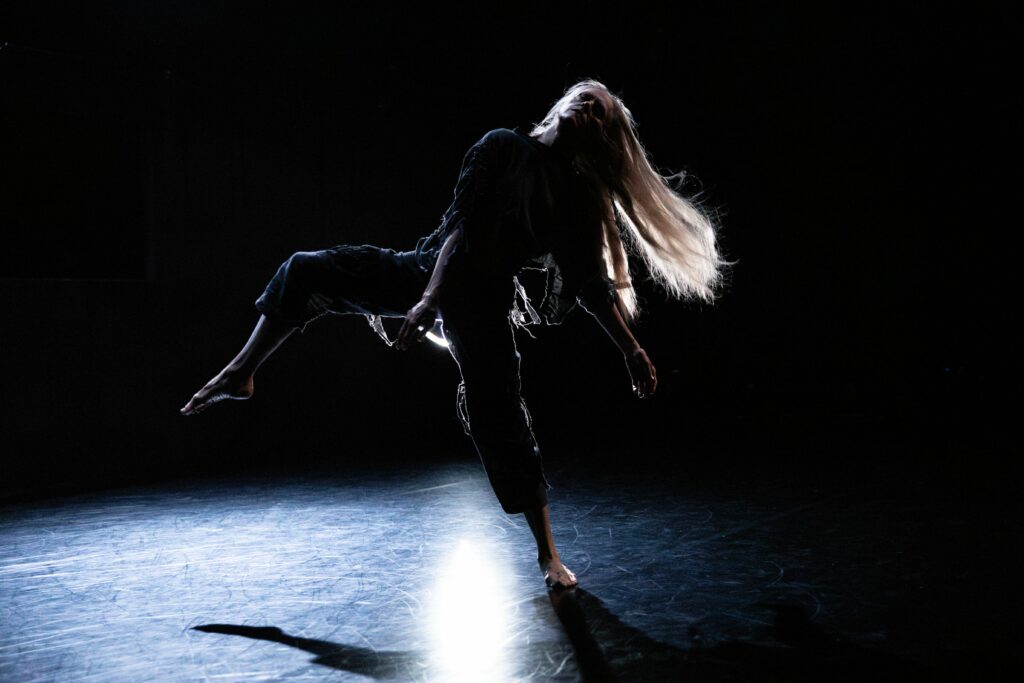
The most ambitious dance of all is Wendy Perron’s concise choreography of words that enables us all to move more gracefully in our minds. Thanks you Wendy.
Thank you, Flash. What a nice way of enlarging what I wrote.